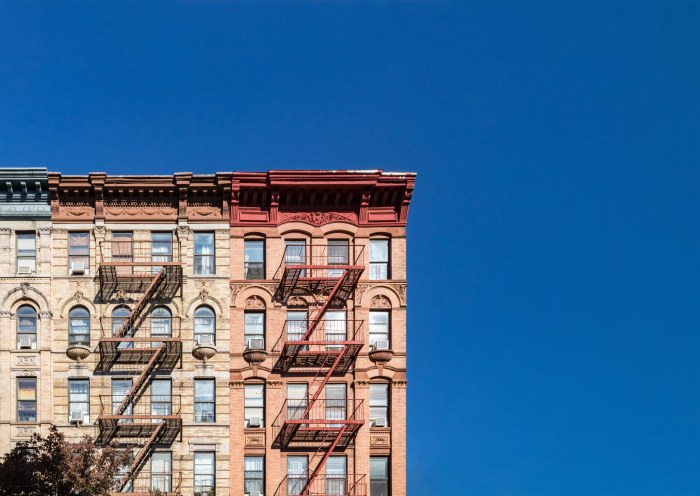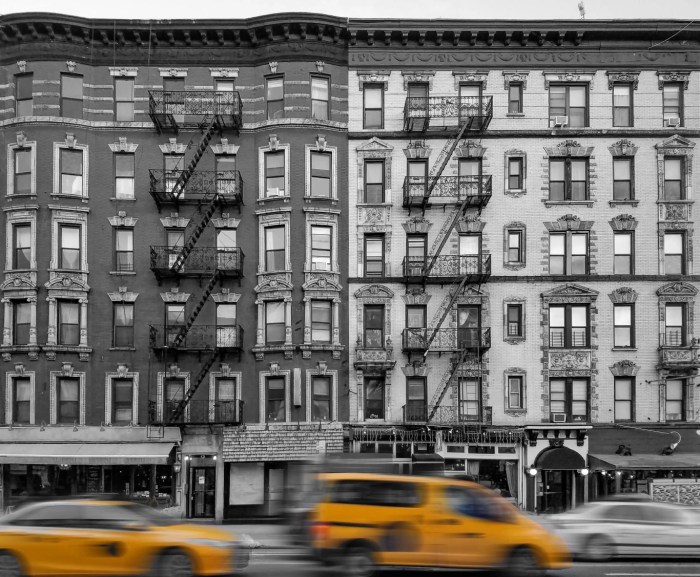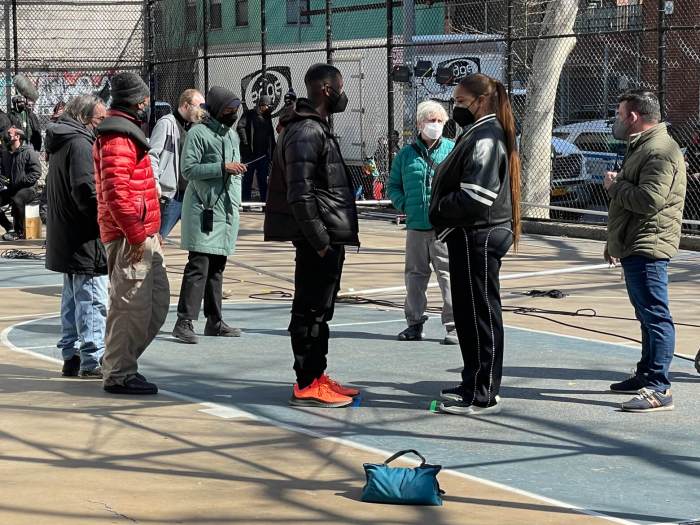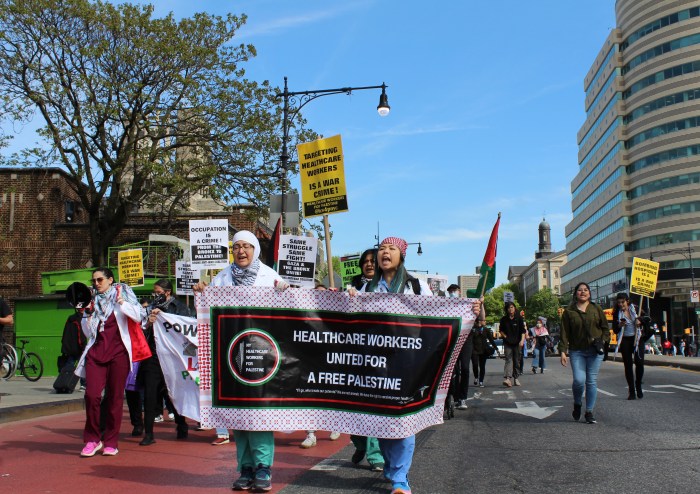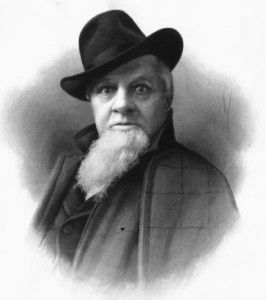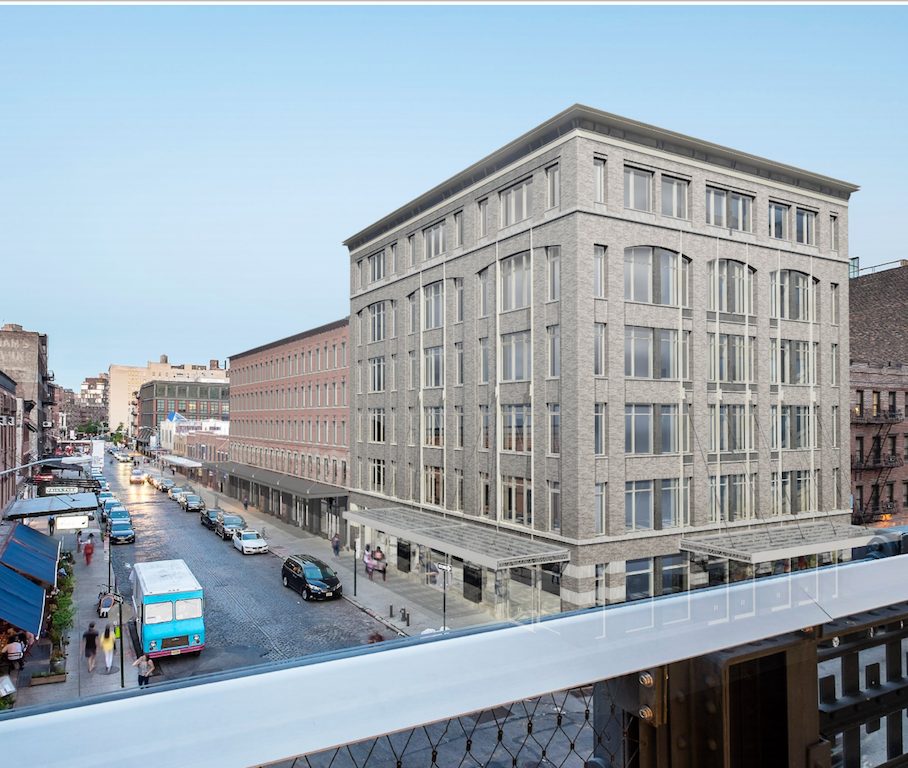
BY ANDREW BERMAN | This is a question many in the Village, including the Greenwich Village Society for Historic Preservation, have been asking of late. A string of controversial approvals at 11 Jane St., 145 Perry St., and 60-74 Gansevoort St. seem to undermine the Landmarks Preservation Commission’s very purpose to preserve and protect the historic character of landmarked districts like Greenwich Village.
There’s no denying that the L.P.C.’s decisions to approve a very out-of-context new apartment building at 11 Jane St., a mega-mansion and apartment building at 145 Perry St. that looks straight out of Rodeo Drive or Miami Beach, and an oversized new building and overpowering addition at 60-74 Gansevoort St. were highly damaging, disappointing decisions.
But there have been some very good decisions coming out of the L.P.C. recently, as well. Its rejection of plans for oversized towers for a mega-mansion at 85-93 Jane St., turning the project instead into a sensitive restoration and modest addition, was quite welcome. So too was the commission’s recent rejection of a large, highly visible proposed rooftop addition to the landmarked Keller Hotel at Barrow and West Sts., as well as its rebuffing of a plan to replace a crumbling building at Bleecker and Christopher Sts. with a garishly oversized one, approving instead a more faithful recreation of the historic building that stood on the site.
There’s been some good news on other fronts with the L.P.C., as well. In December, over the objections of the powerful Real Estate Board of New York and the New York Archdiocese, the L.P.C. approved the third and final phase of G.V.S.H.P.’s proposed South Village Historic District, covering 175 buildings on a dozen blocks, which the city resisted landmarking more than a decade. (Though, as has been widely reported, the city’s hand was forced by G.V.S.H.P. and Councilmember Corey Johnson). And earlier, the L.P.C. finally landmarked two buildings that had been under consideration for landmark designation for almost 50 years — an 1817 Federal house at 57 Sullivan St., and the 1866 Tifereth Israel Synagogue at 334 E. 14th St. — neither of which would have happened without years of campaigning by advocates, of course.
So is the picture actually rosy, in spite of a few setbacks? Hardly. The approvals on Jane, Perry, and Gansevoort Sts. are downright disturbing, and are not isolated incidents. We have seen the L.P.C. under the de Blasio administration become increasingly generous with the scale and design of what it considers “appropriate.” Worse, the agency too often seems susceptible to being worn down by developers — come back enough times with slightly revised plans, it seems, and the L.P.C. will almost inevitably say yes.
Beyond that, there is no denying that this administration not only does not see preserving historic buildings or neighborhood scale as a priority, but too often sees it as the enemy.
But for better or worse, it’s worth keeping in mind that we have faced similar challenges with prior administrations. Arguably, no administration was friendlier to developers and more hostile to preservation than the Giuliani administration. The big difference there was the real estate market was not nearly as hot as today, so there were many fewer opportunities for the L.P.C. to give away the farm.
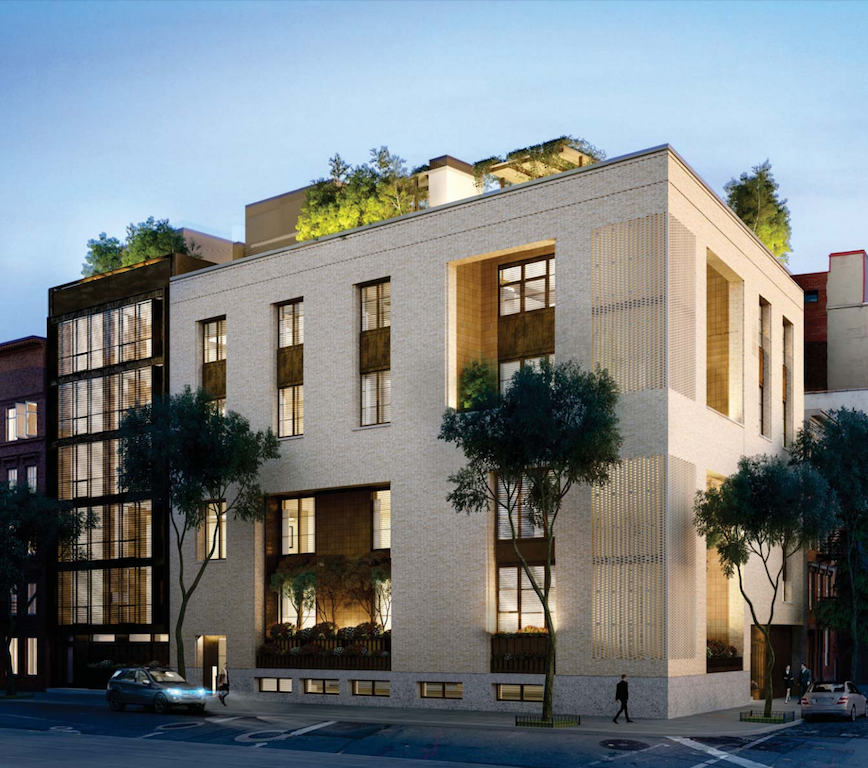
And bad decisions by the L.P.C. have hardly been limited to the Giuliani and de Blasio administrations. Two of the most shocking approvals came under Mayor Bloomberg, whose administration approved the 13-story, undulating glass tower at 122 Greenwich Ave. (W. 13th St.), and the 12-story tower rising on the southeast corner of the Church of St. Luke in the Fields block at 100 Barrow St. Going back further, it’s hard to believe the hulking, brown-brick buildings of the former St. Vincent’s Hospital were approved by the L.P.C. in the 1980s without at least some attempt to make them a bit more contextual.
In fact, to help put recent L.P.C. decisions in context, G.V.S.H.P. has produced a report showing every new building approved by the L.P.C. in the Greenwich Village Historic District since its creation in 1969, which can be found at www.gvshp.org/newbuilding. In addition to some of these aforementioned, troubling head-scratchers, you’ll see some iconic and wonderfully contextual buildings, including the sharply angled row house at 18 W. 11th St. that replaced the home destroyed by the Weathermen bomb factory in 1970, and the block-long “Washington Court” apartment and retail complex on Sixth Ave. between Washington and Waverly Place — both of which are considered paradigms of contextual architecture now, but were highly controversial at the time.
So, while some may say that in light of recent decisions, landmarking no longer makes any difference, and the public has no impact, the broader picture says nothing could be farther from the truth.
Aside from the considerable list of positive decisions the L.P.C. has made recently, it’s important to recognize what would happen if there were no L.P.C. and no landmarking in the Village. Not long ago, the beloved “Cobble Court” farmhouse at Charles and Greenwich Sts. was advertised for sale as a “potential development site” and “blank canvas.” When a public outcry reminded those responsible that landmark designation would allow no such approach, the ad was quickly withdrawn, and the house has remained. Anthology Film Archives not long ago floated a plan for a huge addition atop its historic 1919 former Magistrate’s Court building at Second Ave. and Second St. With the building now landmarked as part of the new East Village / Lower East Side Historic District, that plan was quickly tabled, and a much more modest rooftop addition is being contemplated.
Then there are the changes that never happen due to landmark designation. Almost none of the Village has zoning height limits. Without landmark designation, we could see enormously out-of-scale development on many of our blocks that would dwarf even the most egregious intrusions approved by the L.P.C. Architectural ornamentation could be stripped, and new development projects — instead of having to fit in at least according to the L.P.C.’s (sometimes misguided) standards — could be reflective glass-and-steel, or worse.
As outrageous as the approvals for 60-74 Gansevoort St. are, without landmark designation the developers could and undoubtedly would have torn down the entire block, and could have built 50 percent larger and as much as double the height of the approved new building, with no design controls whatsoever. (None of which excuses the L.P.C.’s grossly inappropriate decision here.)
And even the bad decisions by the L.P.C. could have been a lot worse had it not been for public pressure. Through the public-hearing process, the oversized tower planned at 100 Barrow St. was brought down several stories, and even 11 Jane St. was brought down more than 10 feet in height, and its design modified considerably — which is to say nothing of what would have been built there with no landmark designation.
Cynics understandably contend this is part of the kabuki theater of the L.P.C. process — applicants start with a stalking horse that will inevitably be jettisoned for a more “reasonable” compromise that is what they wanted all along.
But this is a self-defeating hypothesis not borne out by the facts. Case in point: At 145 Perry St., the developer came in with what we thought was an outrageous plan for the new mega-mansion, and the L.P.C. approved it exactly as is. On the other hand, at 11 and 85 Jane Sts., or 60-74 Gansevoort St., the design changes, loss of square footage and additional time resulting from the public pushback cost the developers considerably — losses they would, no doubt, have preferred to avoid altogether.
Rather than wring our hands and say the landmarking process is broken beyond return, it’s important to step back and view the present in context. Recent decisions by the L.P.C. have been disappointing, but this is nothing new, and there have been good decisions, too. This L.P.C. has certainly been too easy on some developers, and that lax approach has been compounded by an overheated real estate market that has multiplied the chances for the L.P.C. to get it wrong.
But even on its worst day, having an L.P.C. and landmark designation is vastly preferable than having none. And, fortunately, not all days are the L.P.C.’s worst. Further, public input does make a difference: We regularly see the L.P.C. push back on applicants on exactly the points that we raise in public hearings and our members raise in letters to the agency.
So how do we improve the L.P.C.? Hold the mayor responsible. He appoints its members, gives them direction, and sometimes tells them what to do. If we like what they’re doing, we should let the mayor know; and if we don’t, we should do the same.
And we should make sure that anyone who runs for mayor knows that these are critical issues to this community. Who the mayor picks to run the L.P.C. and how they run it must be elevated as key campaign issues. And the mayor and any other candidates need to know that this community watches and takes those decisions very, very seriously.
Berman is executive director, Greenwich Village Society for Historic Preservation










